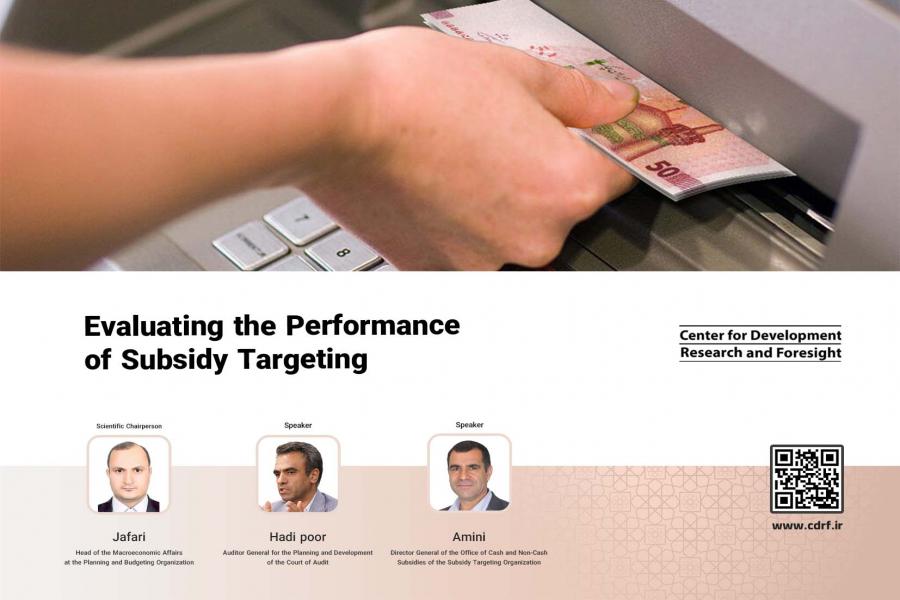
-
بررسی آییننامهها و دستورالعملهای برنامه هفتم پیشرفت
-
بررسی عوامل موثر بر افزایش تصادفات و تلفات جادهای و سوانح رانندگی و دادهکاوی تلفات انسانی
-
سازماندهی و بازآرایی فضایی آموزش عالی کشور
-
به روز رسانی سند ملی آمایش سرزمین
-
انجام مطالعات مناطق آزاد به عنوان نواحی پیشران اقتصادی کشور
-
اصلاح ساختار بودجه و پیاده سازی نظام یکپارچه مدیریت اطلاعات مالی دولت (IFMIS)

A heated debate unfolded at the conference titled “Evaluating the Performance of Subsidy Targeting” at the Center for Development Research and Foresight with key figures clashing over the effectiveness and future of the nation's complex support system.
Mohammad Jafari, head of macroeconomic affairs at the Planning and Budget Organization, opened the floor defending the program's necessity. "Subsidy targeting isn't a luxury, it's a necessity," he declared, citing the need to curb waste and boost efficiency. However, he stressed the importance of "stable resources" for effective implementation, a point echoing ongoing concerns about fluctuating oil revenues.
Jamshid Amini, Director General of the Subsidy Targeting Organization, took a more critical stance. "The current system has simply not delivered," he stated, arguing it has failed to significantly reduce poverty or inequality. He pointed to bureaucratic hurdles and lack of transparency as key roadblocks.
Hojjatollah Hadi Pour, Auditor General at the Court of Audit, added a layer of concern. "Accountability and transparency are crucial," he emphasized, calling for stricter oversight of subsidy resources. His words resonated with recent public frustrations over potential misuse of funds.
The clash of perspectives highlighted the intricate challenges facing Iran's subsidy program. While Jafari sees it as a vital tool for economic reform, Amini and Hadi Pour paint a picture of a system riddled with shortcomings. The debate is likely to continue, with millions of Iranians waiting to see if the program can be reformed or if it will remain a point of contention.



